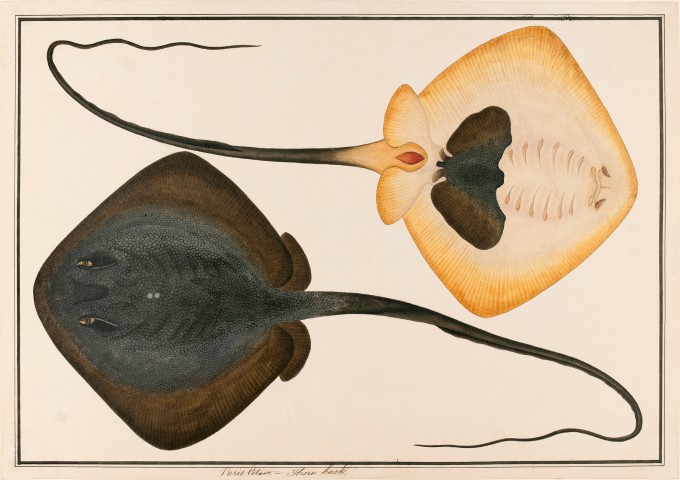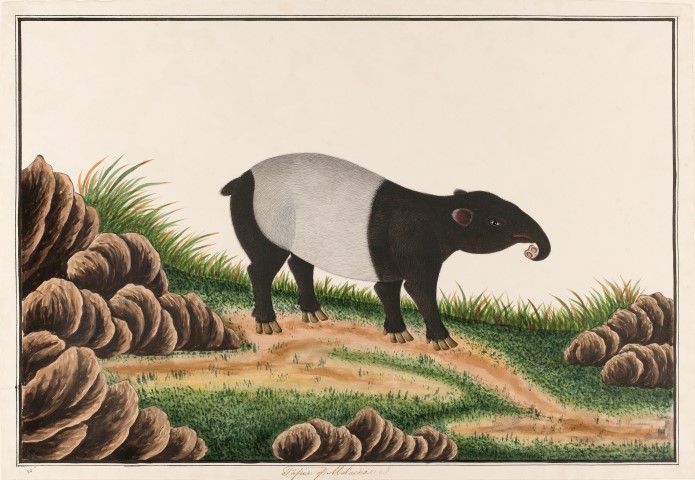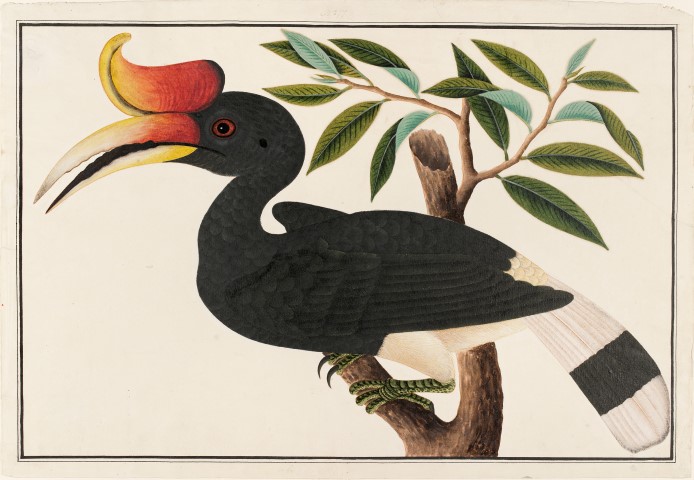A strengthening of connections and sharing of history has come to the National Museum of Australia as the National Museum of Singapore shares works of one of its most treasured collections. Voyage: Experience the William Farquhar collection of Natural History Drawings of Southeast Asia has landed on the first leg of its international tour and will be on display in Canberra until 5 November.
Capturing early depictions of animals such as the cowtail stingray, flower crab, and more, the collection has been brought to life through the digital installation. The historical documentation of the Malay Peninsula and broader Southeast Asia region contains 477 botanical and zoological works as commissioned by Chinese artists in the early 19th century.
William Farquhar, an officer of the British East India Company, commissioned the works during his time in Malacca, modern-day Melaka. Bringing the works to an Australian audience allows us to look back on the region’s history through their plants and creatures while offering a deeper understanding of their cultures.
The collection is made from 477 pieces commissioned by William Farquhar in the early 19th century during his time in Southeast Asia. The officer referenced scientific drawings that were being produced in Europe at the time, however, the Chinese artists were trained to inject a story into their works, resulting in the beautiful pieces in the collection.
Accompanied by a complementary soundtrack, a four-minute video animates 30 of the drawings and places them in lush environments in which the native flora and fauna flourish. The rest of the works can be seen via a touch screen. The title of the experience comes from the spirit of exploration shown by the British East India Company officials during their time in Southeast Asia.



All gifts of Mr G. K. Goh.
Deeply interested in the specimens of the region, Farquhar undertook several collecting expeditions, orchestrated many more, and was instrumental in the documentation of the region’s flora and fauna.
An animal of particular interest was the Malayan tapir. He reared a juvenile creature at his home, noting its fondness for snacking on cake or bread, and that it had a timid disposition. Farquhar was the first to formally describe the curious animal, sending a description, drawings and a skull to the Asiatic Society of Bengal in 1816.
Along with opening the display yesterday (Thursday 28 September), the National Museum of Australia and Singapore’s National Heritage Board renewed their Memorandum of Understanding for another five years.
“This is an excellent example of how modern technology can capture and enhance physical drawings from the past. We look forward to strengthening our relationship with the National Museum of Singapore and working on future collaborative projects,” said Dr Mathew Trinca, director of the National Museum of Australia.
“Collaborations with esteemed partners like the National Museum of Australia allow us to bring stories of Singapore to the world, and more importantly, advance cultural understanding and exchanges. We hope to create more of such opportunities in the future,” said Ms Chung May, director of the National Museum of Singapore.
Voyage: Experience the William Farquhar collection of Natural History Drawings of Southeast Asia at the National Museum of Australia until 5 November; nma.gov.au
Get all the latest Canberra news, sport, entertainment, lifestyle, competitions and more delivered straight to your inbox with the Canberra Daily Daily Newsletter. Sign up here.


